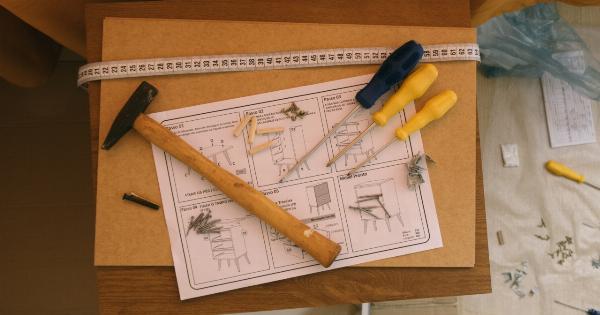Excessive salt intake has been linked to numerous health problems including high blood pressure, stroke, heart disease, and osteoporosis. Many people are unaware of their daily salt intake and consume far more than the recommended amount.
The US Food and Drug Administration (FDA) recently released new guidelines for reducing salt intake to help improve the health of Americans. In this article, we will discuss the latest guidelines from the FDA and provide tips on how to reduce salt consumption.
What are the Recommended Guidelines?
The FDA recommends that Americans consume no more than 2,300 milligrams of sodium per day.
For those who are older than 51 years of age, African American, or have high blood pressure, diabetes or chronic kidney disease, the daily intake of sodium should be limited to 1,500 milligrams. Unfortunately, most Americans consume 3,400 milligrams or more of sodium per day, which is much higher than the recommended amount.
Why Should You Reduce Salt Consumption?
High sodium intake can lead to several health problems, including:.
- High blood pressure
- Stroke
- Heart disease
- Kidney disease
- Osteoporosis
Reducing salt intake can help lower blood pressure, reduce the risk of heart disease and stroke, and improve overall health.
How to Reduce Salt Consumption
Reducing salt intake can be challenging, as it is found in many of our favorite foods. The following are some tips for reducing salt consumption:.
1. Read Labels
Many packaged foods contain high amounts of sodium. Reading labels and choosing lower-sodium options can help reduce overall salt intake. Look for products with no added salt or low-sodium varieties and avoid salt-preserved or cured foods.
2. Eat Fresh
Eating fresh fruits, vegetables, and whole grains can help reduce salt intake. These foods are naturally low in sodium and are a great source of other essential nutrients and fiber.
3. Limit Processed Foods
Processed foods are often high in salt, so limiting their intake can help reduce overall salt consumption. These foods include items such as canned soups, frozen meals, and snack foods like chips and crackers.
4. Use Spices and Herbs
Using spices and herbs instead of salt can add flavor to meals without adding sodium. Try using garlic, ginger, basil, oregano, or cumin to add flavor to dishes.
5. Cook at Home
When cooking at home, you can control the ingredients and reduce the amount of salt used in the dishes. Avoid adding salt to dishes during cooking and instead add flavor with fresh herbs and spices.
6. Avoid Fast Food
Fast food is often high in sodium, so avoiding these types of foods can help reduce overall salt consumption.
7. Choose Fresh Meats
Fresh meats and poultry are often lower in sodium than processed meats like bacon, sausage, and deli meats.
8. Rinse Canned Foods
Rinsing canned foods like beans and vegetables can help reduce sodium content. Drain the liquid, rinse the food under cold water, and then drain again before cooking or serving.
9. Limit Cheese and Condiments
Cheese and condiments like soy sauce, ketchup, and salad dressings can be high in sodium. Limiting these foods or choosing low-sodium options can help reduce overall salt intake.
10. Be Mindful of Portions
Be mindful of portion sizes, as larger portions often contain more salt. Use smaller plates and bowls and avoid going back for seconds.
Conclusion
Reducing salt consumption can lead to many health benefits, including lowering blood pressure, reducing the risk of heart disease and stroke, and improving overall health.
Following the FDA’s recommendations for salt intake and implementing the tips above can help reduce salt consumption and improve your health.

























